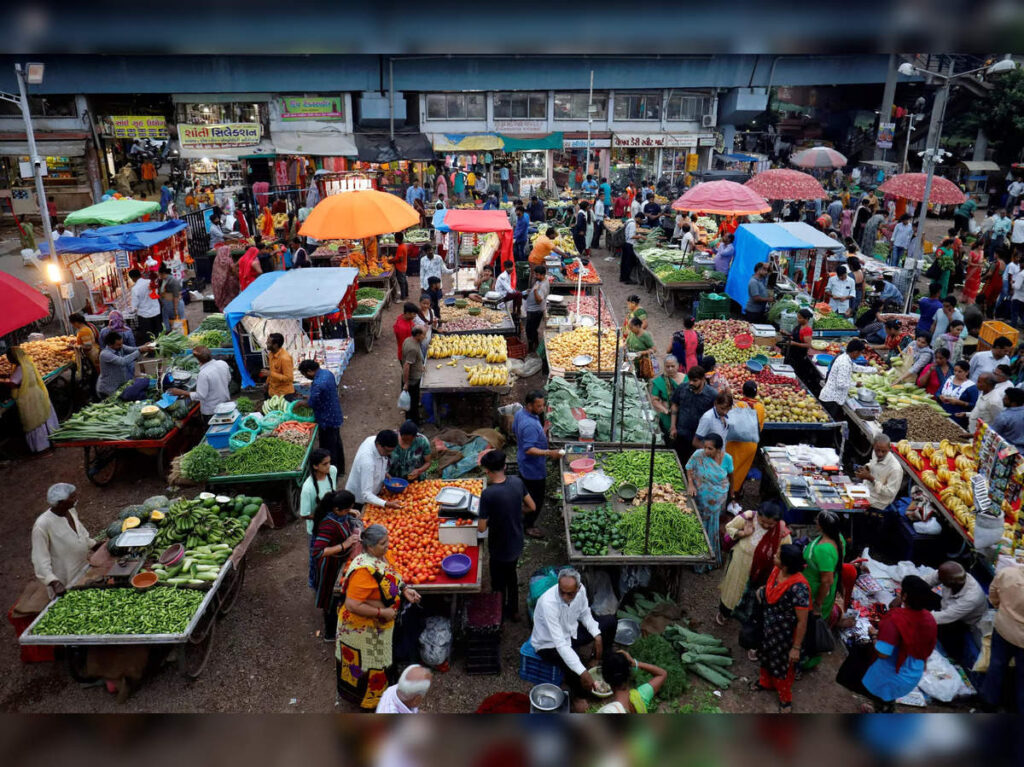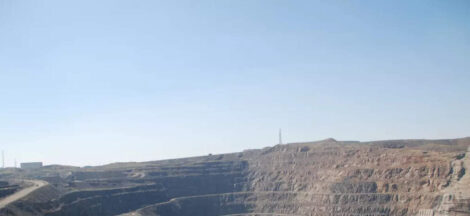NEW DELHI: Retail inflation, based on the consumer price index (CPI), fell slightly to a four-month low of 5.22 per cent in December from 5.48 per cent in November, driven by easing food inflation.
However, experts say with the sharp depreciation of rupee and retail inflation remaining above 5 per cent, the hopes of a much-anticipated policy rate cut by the Monetary Policy Committee (MPC) in the February review have receded.
Data released by the National Statistics Office (NSO) on Monday showed the food inflation moderated to 8.39 per cent during December from 9 per cent in the preceding month.
Prices of vegetables, the main driver of food inflation, fell slightly to 26.6 per cent in December 2024 from 29 per cent in November 2024.
The prices of other major food items like cereals (6.51 per cent), milk (2.8 per cent), pulses (3.8 per cent) and sugar (0.31 per cent) also decelerated in December.
On the other hand, prices of meat (5.3 per cent), egg (6.85 per cent), edible oil (14.6 per cent) and fruits (8.5 per cent) accelerated during the month.
Rajani Sinha, chief economist, CARE Ratings, said that the outlook for agriculture remains positive with good kharif production. Prospects for rabi sowing also remain conducive with healthy reservoir levels.
“As a result, inflationary pressures within the food basket should continue to ease. However, given our import dependence on edible oil, it would be crucial to monitor inflation in this category amid high global edible oil prices and the recent hike in import duty on this item,” she added.
Besides, the core inflation rate, which excludes volatile food and fuel items, fell further to 3.5 per cent during the month.
Inflation in the prices of fuel (-1.39 per cent) remained in contraction, while for transport (2.64 per cent) and education (3.89 per cent) it remained unchanged.
However, the inflation in items such as household goods (2.75 per cent) and personal care (9.7 per cent) decelerated during the month.
In December, the Reserve Bank of India’s (RBI’s) MPC had decided to keep the policy repo rate unchanged at 6.5 per cent — status quo for the 11th consecutive time — maintaining a “neutral” stance.
Additionally, the MPC reduced the cash reserve ratio (CRR) by 50 basis points (bps) to 4 per cent to enhance liquidity in the banking system.
Madan Sabnavis, chief economist at Bank of Baroda, said it looks like there could be a status quo on repo rate unless things change drastically on the forex front, which is unlikely.
“While the projection for inflation for Q4 is 4.5 per cent, the present depreciation in the rupee will be an additional concern as this can lead to higher imported inflation, especially on oil products. The US policy stance will be known over a period of time and any lowering of repo rate with global rates being where they are can mean lower investment flows. This will be an additional consideration for the RBI,” he added.
Paras Jasrai, senior economic analyst, India Ratings & Research, said the growth trajectory appears to be picking up in Q3 FY25 based on incoming high-frequency data. This should give the MPC policy bandwidth to have the inflation move closer to the 4 per cent mark.
Aditi Nayar, chief economist, ICRA Ratings, also said the probability of a rate cut in February has certainly receded.
“However, the considerable decline in vegetable prices that is underway could convince some MPC members to consider an early cut in the upcoming meeting, with a view to supporting growth,” she added.
Source: Business Standard




 Strict Regulation Of Private Healthcare System Is An Immediate Imperative For India
Strict Regulation Of Private Healthcare System Is An Immediate Imperative For India 